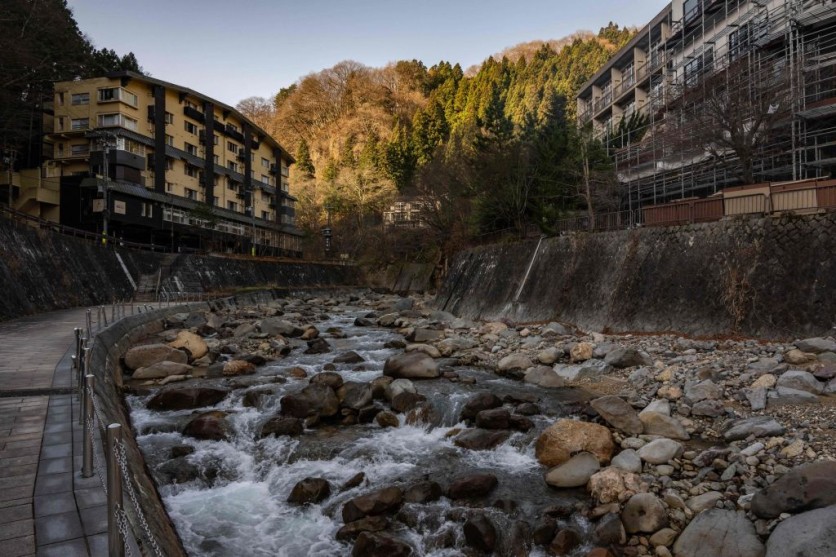During a recent meeting of the Group of Seven energy and environment ministers in the northern Japanese city of Hokkaido, the United States and Japan agreed to cooperate on the development of geothermal energy, according to a report by AP.
This renewable energy is abundant in Japan's volcanic island chain, and the memorandum of commitment signed by Energy Secretary Jennifer Granholm and Japan's Minister of Economy, Trade and Industry, Yasutoshi Nishimura, recognizes its potential.

Joint Research and Development Efforts
The agreement calls for joint research and development efforts, exchange of information, and collaboration on geothermal projects in both countries and beyond.
While Japan is known for its abundant geothermal activity, its efforts to use this resource to generate power have been hindered by spas and resorts clustered around hot springs.
However, adding more geothermal power could help Japan to generate 90% of its power from renewable sources, resulting in a 92% reduction in the country's greenhouse gas emissions, according to the Lawrence Berkeley National Laboratory.
Currently, dozens of small power plants utilizing the hot springs across the country account for less than 1% of Japan's total power generation capacity.
Both Japan and the US are interested in exporting geothermal technology. In Indonesia's Sumatra, Japanese companies are participating in a joint project to build the world's largest geothermal power station, which is expected to produce 320 gigawatts of electricity.
While biomass and geothermal power make up less than 1% of the US's generating capacity, according to the US Energy Information Administration, the US has the largest estimated geothermal potential, followed by Indonesia and Japan.
Read Also : MIT Study Shows Shutting Down Nuclear Plants Could Lead To 5,000 Pollution-Related Deaths per Year
Largest Geothermal Potential
Energy Secretary Jennifer Granholm expressed her enthusiasm for offshore wind and geothermal energy in an interview with The Associated Press.
This statement came ahead of the agreement signed by the United States and Japan to collaborate on developing geothermal energy. While the agreement did not specify expected spending, it stated that each side would bear the costs associated with its own activities.
According to the International Energy Agency (IEA), Japan's geothermal potential is relatively small compared to the United States and other countries with more active geothermal resources.
The US is the global leader in terms of installed geothermal power generating capacity followed by the Philippines, Indonesia, and Turkey.
Meanwhile, Japan is ranked 9th in installed geothermal power generating capacity.
This collaboration between the two nations aims to explore the potential of this energy source, which has been underutilized in both countries.
If they succeed in adding more geothermal power, it could make it possible for Japan to provide 90% of its power generation from renewable sources, resulting in a 92% reduction in greenhouse gas emissions.
Related Article : Colorful Alternative for ACs: These Rainbow Films Keep Cars, Buildings Cool When Exposed to Sunlight

ⓒ 2025 TECHTIMES.com All rights reserved. Do not reproduce without permission.




